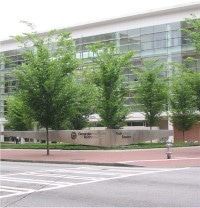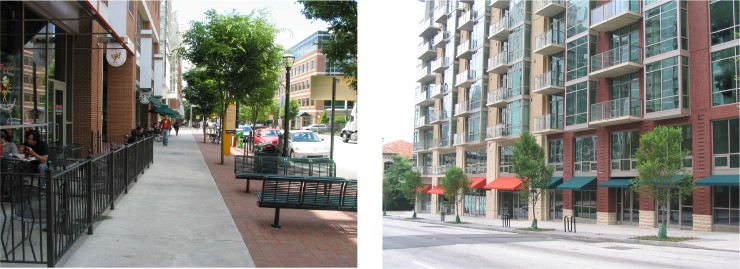
Client:
|
MIDTOWN CODES |
| Atlanta, Georgia | |
|
Midtown is a 1,300-acre mixed-use community to the north of Downtown Atlanta. It was originally developed as a late nineteenth century residential neighborhood with commercial nodes, but went into decline by the 1960s. Starting in the late 1970s, however, the area became increasingly high density. The trend has become even more pronounced in the past 10 years. Today nearly every block of Midtown is undergoing revitalization. This revitalization ranges from small infill buildings to large, multi-block mixed-use developments. TSW team members have played an important role in this remarkable transformation. While with the City of Atlanta, Caleb Racicot prepared urban design guidelines and two new zoning districts to guide the transformation of Midtown – the Midtown Special Public Interest District and Piedmont Avenue Special Public Interest District. Working with Midtown’s business association, the Midtown Alliance, the design guidelines were codified and expanded to encourage the preservation of Midtown’s historic resources through the use of transfer of development rights. In addition, the historic Piedmont Avenue district was crafted requiring all new developments to be compatible with the scale and character of existing historic structures. The Midtown SPI was also written to encourage retail and residential uses within a largely commercial district by granting density bonuses for ground floor retail uses and residential uses near transit stations. Mr. Racicot developed Storefront Regulations for these retail spaces to ensure that their design meets the operational demands of modern retailers and contributes to the creation of a functional urban shopping street. In conjunction with creating the Midtown SPIs, Mr. Racicot worked with the Midtown Alliance, the Georgia DOT, MARTA, property owners, residents, and businesses to address transportation and parking concerns. The two SPIs were crafted to include adequate parking ratios intended to encourage transit use, bicycling, and walking, while at the same time providing sufficient parking for drivers. In addition, special provisions allowed developers to receive open space credit for implementing on-street parking programs and streetscape improvements. Supplementing these SPI regulations were streetscape standards developed for all Midtown Streets. |
|

